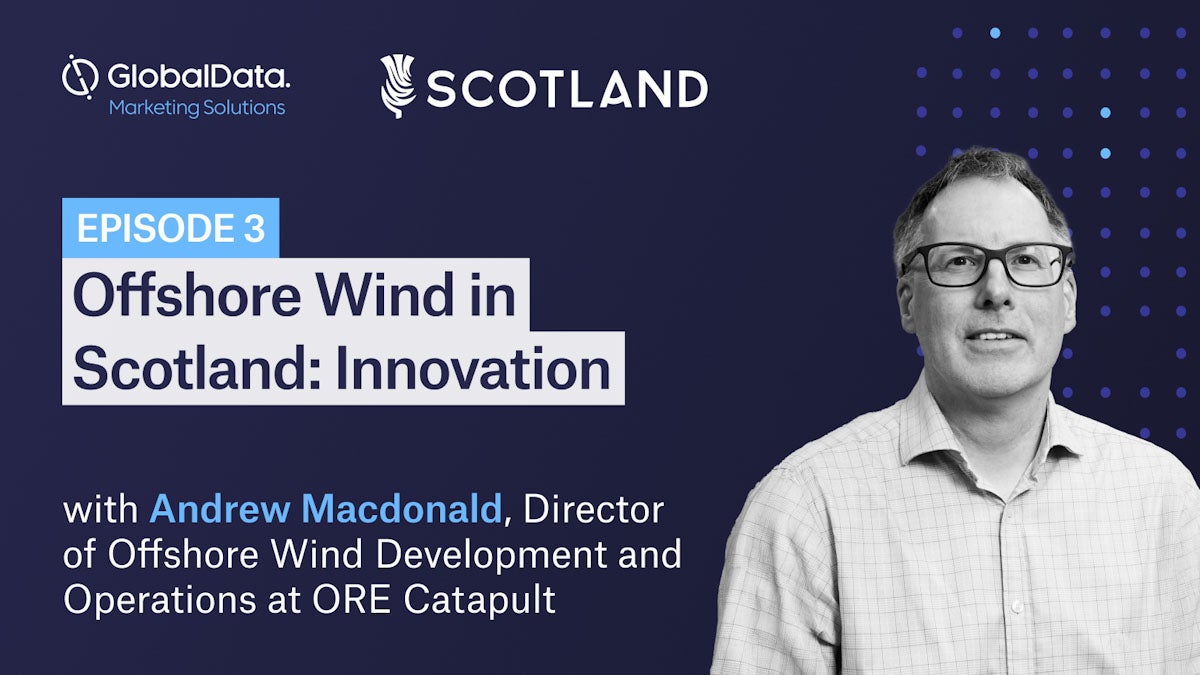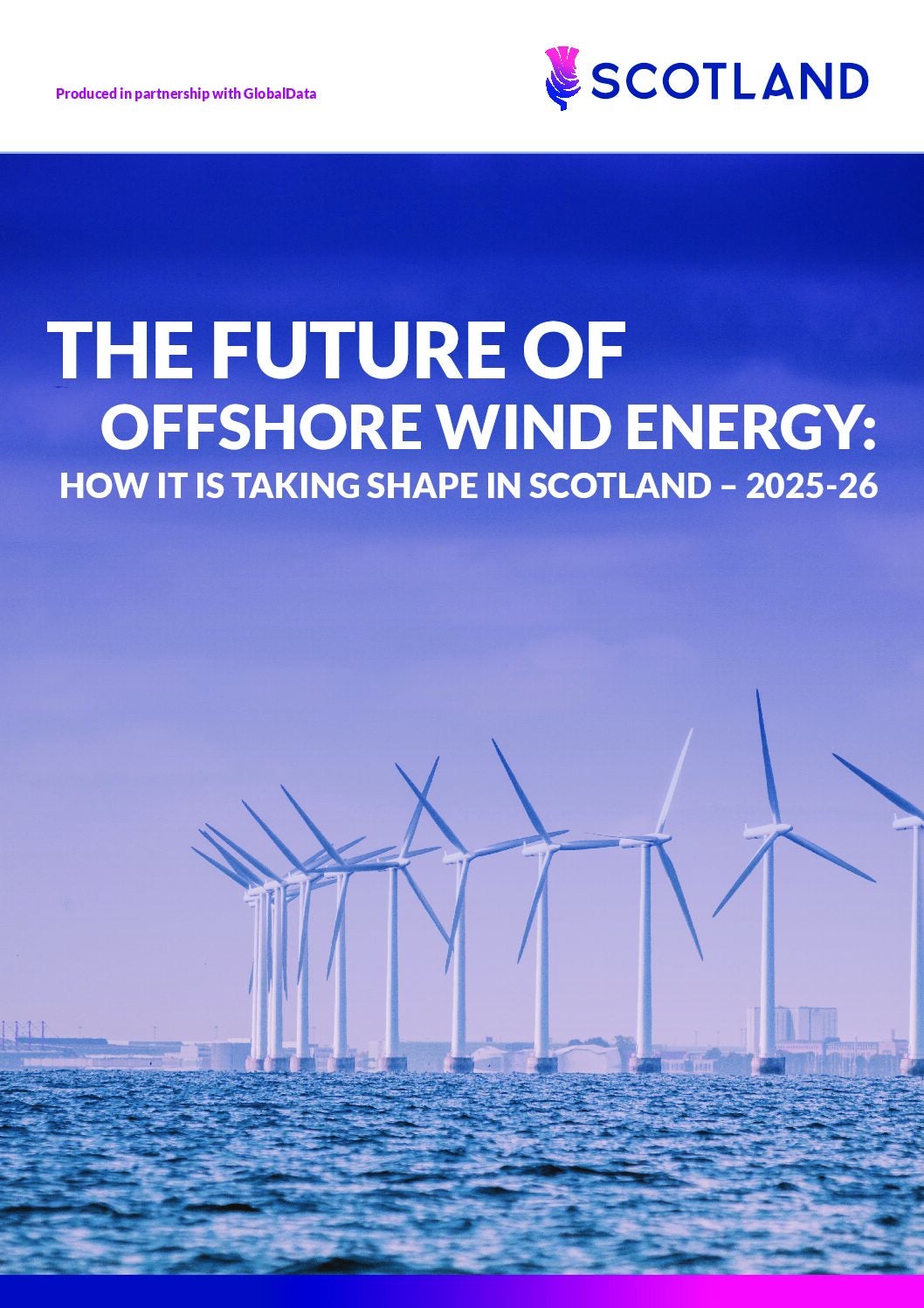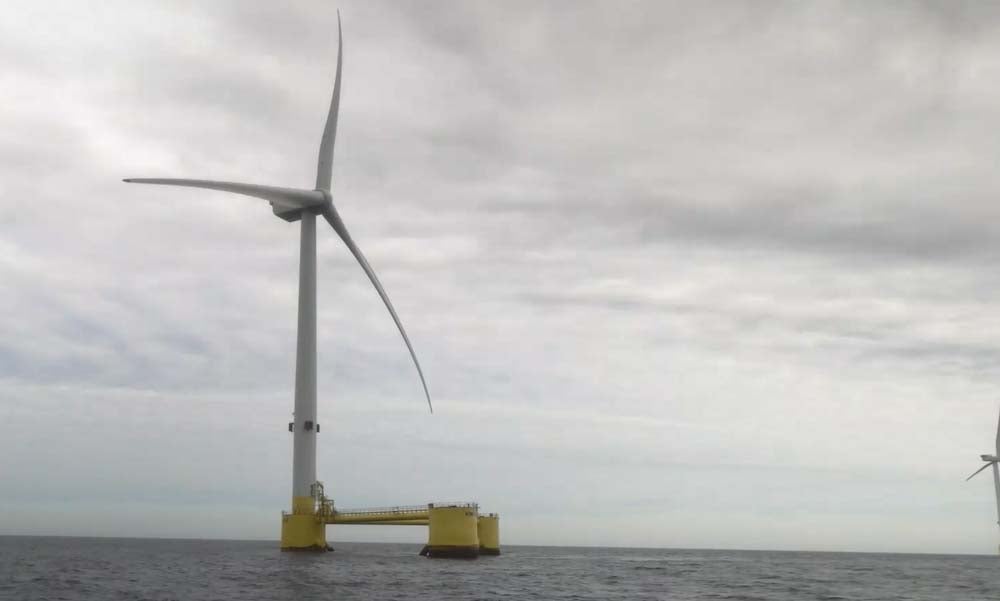
Scotland has considerable ambitions in offshore wind, with more than 45GW of projects at various stages of development to support the national commitment to reach net zero by 2045.
Operating in adverse conditions, offshore wind farms must be meticulously planned, constructed, and maintained. At present, the most common type of offshore wind farm is fixed bottom with foundations on the seabed.
However, a large proportion of projects in Scotland’s INTOG and ScotWind leasing rounds involve floating wind, which is a relatively new type of technology, and different concepts are still being refined. With scale-up required in a short timeframe, the capacity to innovate is a necessity.
Episode three of the Offshore Wind in Scotland podcast series reveals the innovations in offshore wind that are making a real difference to industry advances.
Listen to the latest episode below:
The guest in this episode is Andy Macdonald, who is director of offshore wind development and operations at the ORE Catapult. He also chairs the Scottish Offshore Wind Energy Council’s Innovation Working Group.
In this episode, the discussion includes Scotland’s strengths in innovations for offshore wind, the support available for innovators, and details from successful project scale-ups. One example is the larger blade sizes to increase capacity generation of offshore wind turbines.
“For [offshore wind] to continue to be cost effective and to develop variations, including floating that can have applications in even wider areas, we need to keep innovating,” says Macdonald. “So, innovation to drive costs down, increase safety, and output are all really important parts of it.”
To catch up on the first two episodes, you can listen below. Episode one covers the importance of ports in Scotland:
Episode two focuses on supply chains:





